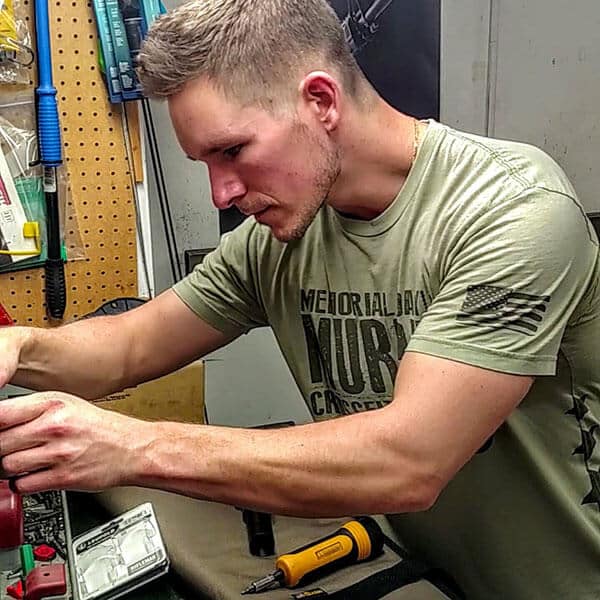Trapping to Protect Your Homestead
September 7th, 2025
5 minute read
An art that is slowly fading with time is the ability to trap. While many trappers used to navigate our Great Lakes and mountains out West, you would be hard-pressed to find someone now who is proficient in trapping. Pelt prices do not command the same prices they used to, and the need to trap has slowly dwindled to near obscurity.
If you have committed yourself to escape the rat race and live a less stressful life out in nature, then you might need to know the survival skill of trapping. When waterways begin to bloat and threaten your homestead, could you curb rising tides and trap some beavers? These are the simple steps you can take to reclaim your home and win the battle against the beaver.
Locate the Dam and Lodge
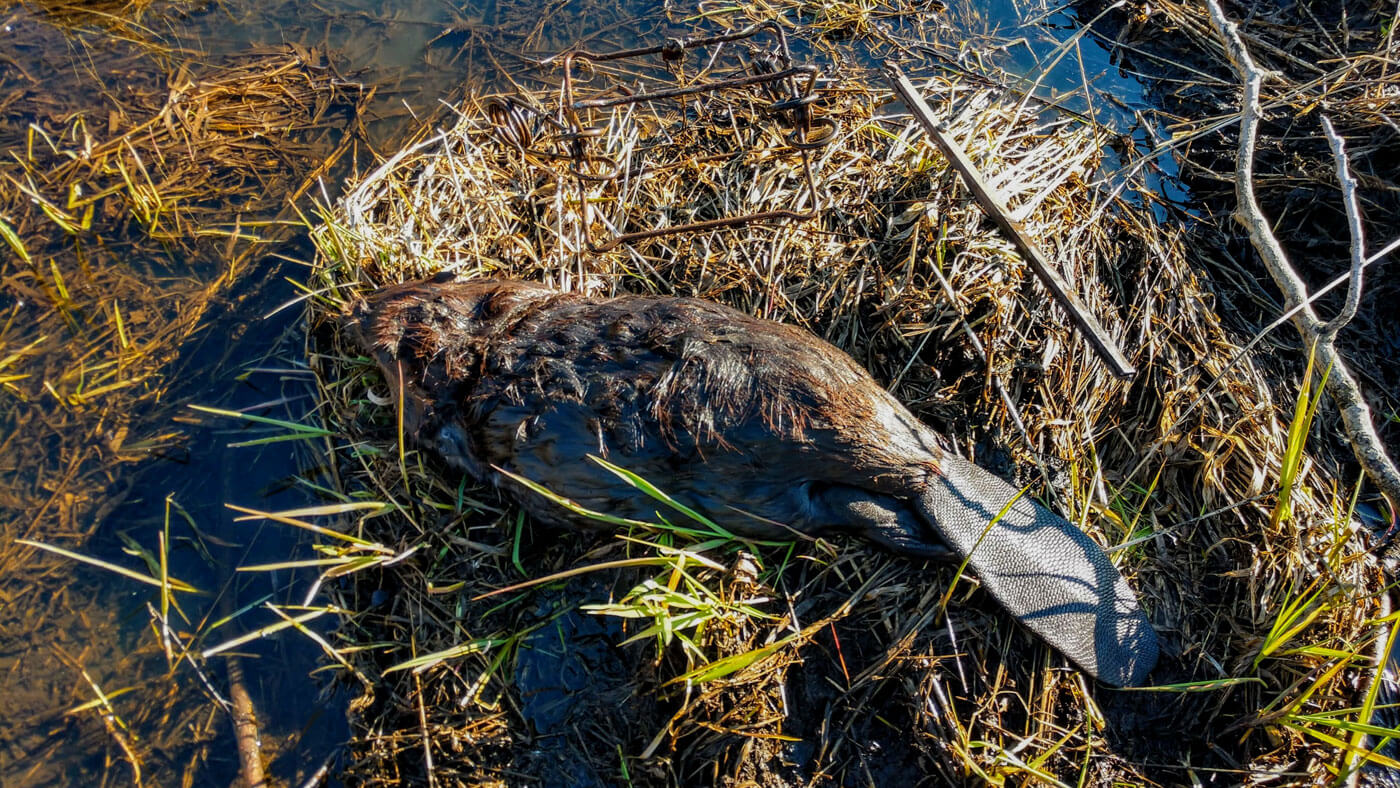
If you want to fix the problem, you have to go to the source. Beavers create dams as a means to flood areas for their benefit. This expands out an aquatic environment for them to thrive in when previously only a whisper of a babbling brook may have been present. Once you locate the beaver’s dam you have identified the source of the problem and brought yourself one step closer to your next objective.
While the dam is the cause of the flooding, their lodge can be a symbol of the size of the problem. If you cannot find a lodge or only a diminutive one, then only one or two ambitious beavers may be present. If a cattail castle is nearby, you might be combating an army.
Tools of the Trade
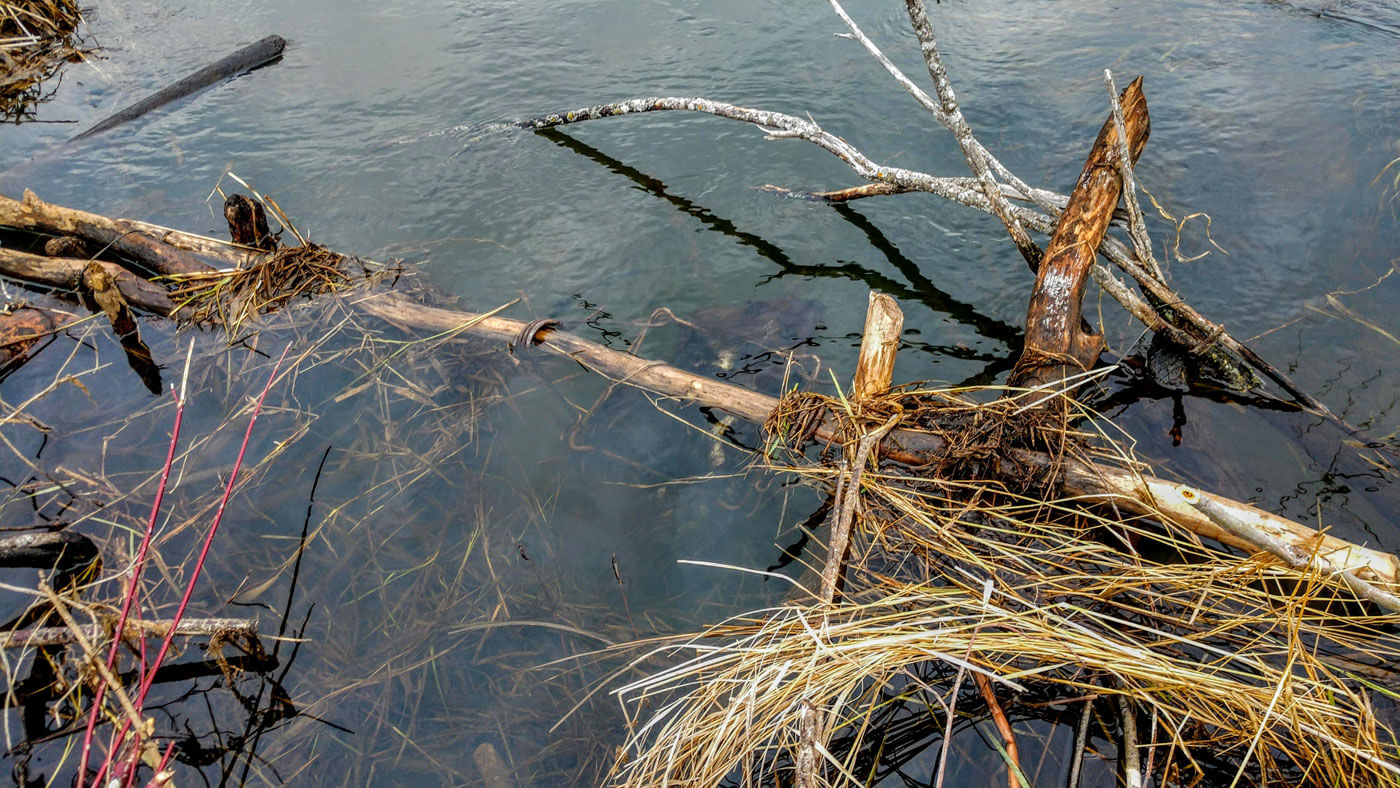
A beaver lodge is typically in the center of a flooded area because it is the hub to their activity. Thus, it is not easily accessed or trapped. The best areas to trap are nearby runways, and around the dam itself. For either location the type of trap you will want to use is a #330 conibear, also called a body trap. The essentials you will need are as follows:
- Conibear #330 Body Trap
- Thin Gauge Steel Wire
- Metal Wire Cutter
- Tree Branches
The steel wire will be used to help stake down your conibear, and the tree branches will be used as the stakes. It is very important to use dead, but sturdy tree branches. If you use green branches area beavers may eat or drag them away ruining your trap set.
Runway Trap Set
The easiest opportunity to spot and set a trap is a fresh runway. A runway can be thought of as a highway for beavers to dry land. They will carve a path through thick vegetation to reach an area with trees which could be used to build their dam. This natural funnel is perfect for a conibear as long as the channel is deep enough for the trap to be completely submerged under water. This trap set can be feast-or-famine depending on whether it is active or not.
With three tree branches you can put a stake on each side of the runway and a cross pole that is fed through the arms of the #330 conibear. Your cross pole should be set at the water level so any cruising beavers will intuitively want to dive underneath; thus, getting caught in your trap. Then, the finishing touches are tying down the conibear with wire and lightly sprinkling mud and vegetation on the exposed wire. The glint of metal should never be visible; the only thing visible above the water surface should be your tree stakes and vegetation.
Dam Crossing Trap Set
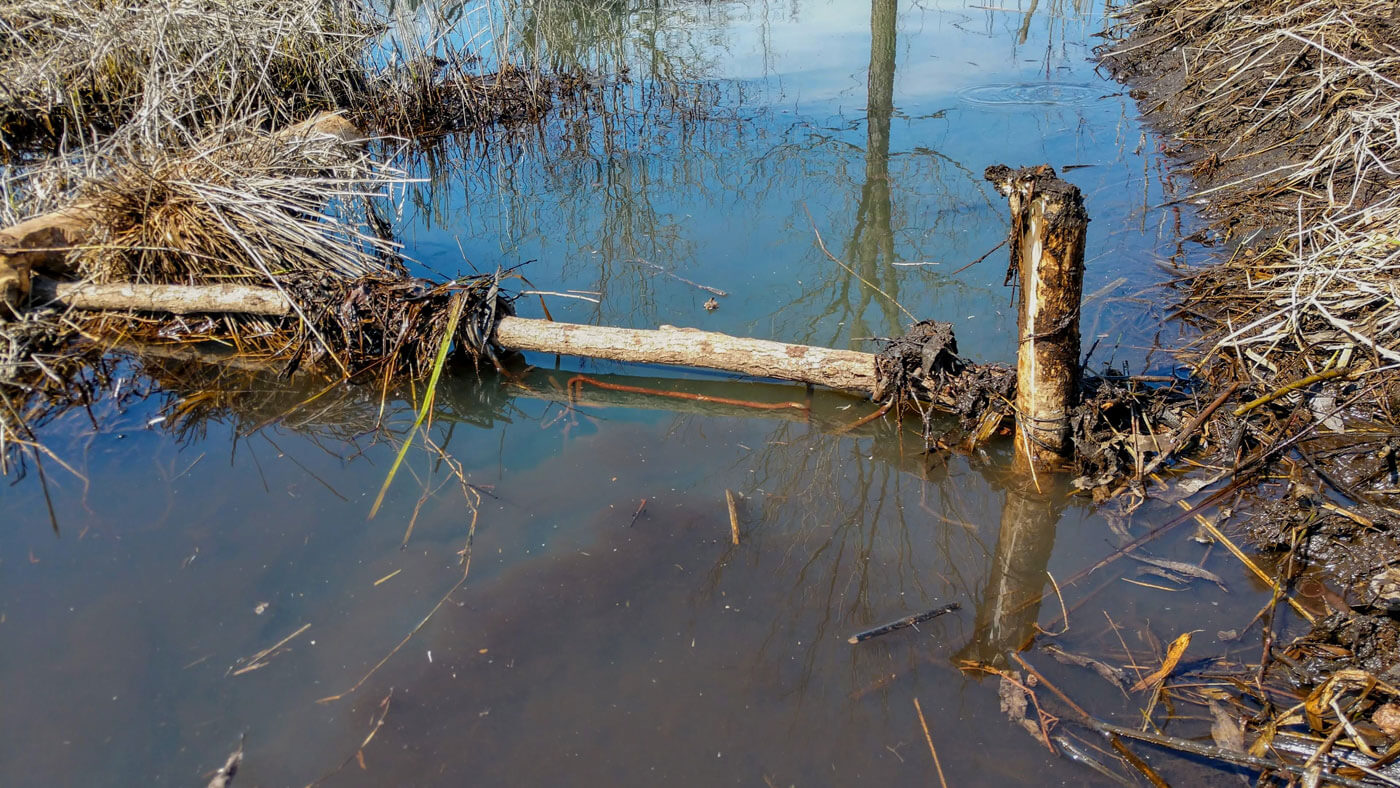
Another common set is where beavers cross over their dam. Even though it might sound counterintuitive, beavers are very neat and orderly. While beavers will crawl all around their dams while building them, there is only one spot where they repeatedly cross over. This crossing area will be flattened out while the rest of the dam looks like a disorganized jigsaw puzzle.
On either side of the dam crossing you can set this trap, but not on both sides. Similar to the runway set, pound in two wood stakes with a cross pole. Shade in your trap set with light mud and vegetation. Be cautious as to not use too much cover material. If beavers think they are being forced, they will start a new crossing. If it looks natural, they will dive under your cross pole and you will be catching beavers.
Dam Parallel Trap Set
A third easy set to make if you already ventured out onto the dam is a parallel set. While mending or building up the dam, beavers will swim parallel to their dam. This set is a bit more precarious because potentially deeper water only allows for one vertical stake with your cross pole. For this reason, your cross pole may need to be stabbed into the side of the dam and/or be buoyant so it rests on the water surface.
The same principles from the previous sets still apply. Use a dead, sturdy branch for your vertical stake and cross pole. Anchor your #330 conibear with ample tie down wire. Cover up any visible metal with nearby foliage.
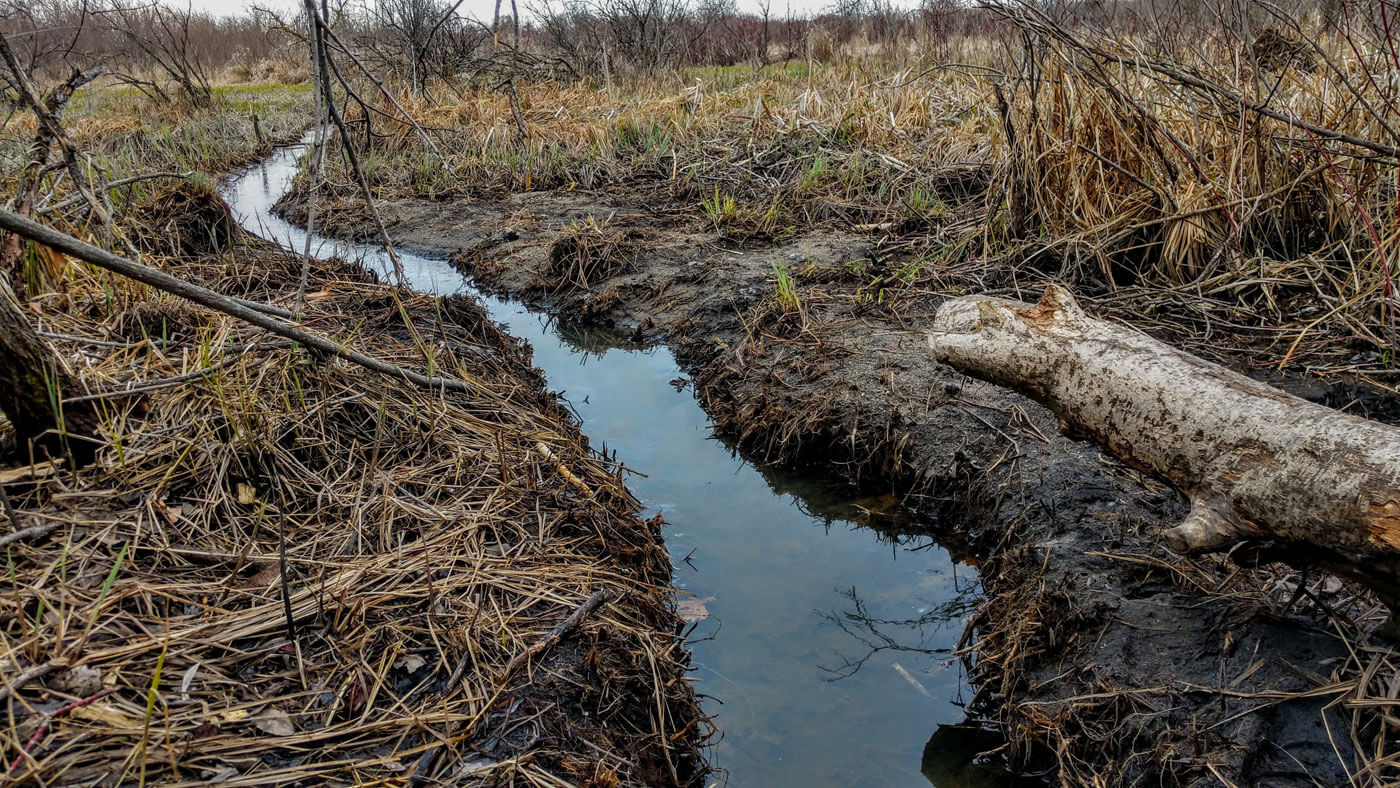
When you set these traps be sure you are checking them daily. You do not want one day’s successful catch to obstruct a future beaver from being caught. Also, as water levels rise and fall you may need to adjust the height of your cross poles on all traps. You never want them underwater; otherwise, the beaver does not know he/she is supposed to dive under. You also do not want your trap exposed where they could see it. Give these set ideas a try and happy trapping!
Editor’s Note: Please be sure to check out The Armory Life Forum, where you can comment about our daily articles, as well as just talk guns and gear. Click the “Go To Forum Thread” link below to jump in and discuss this article and much more!
Join the Discussion
Continue Reading
Did you enjoy this article?

 60
60





